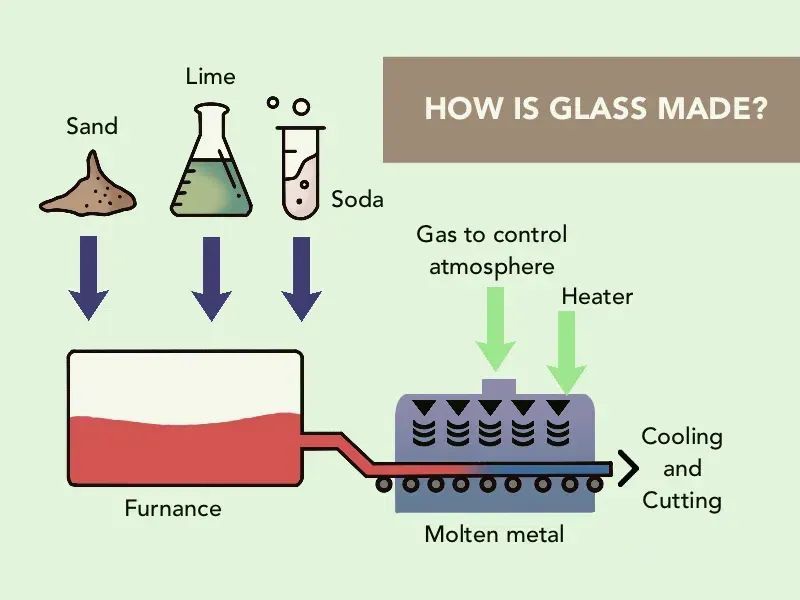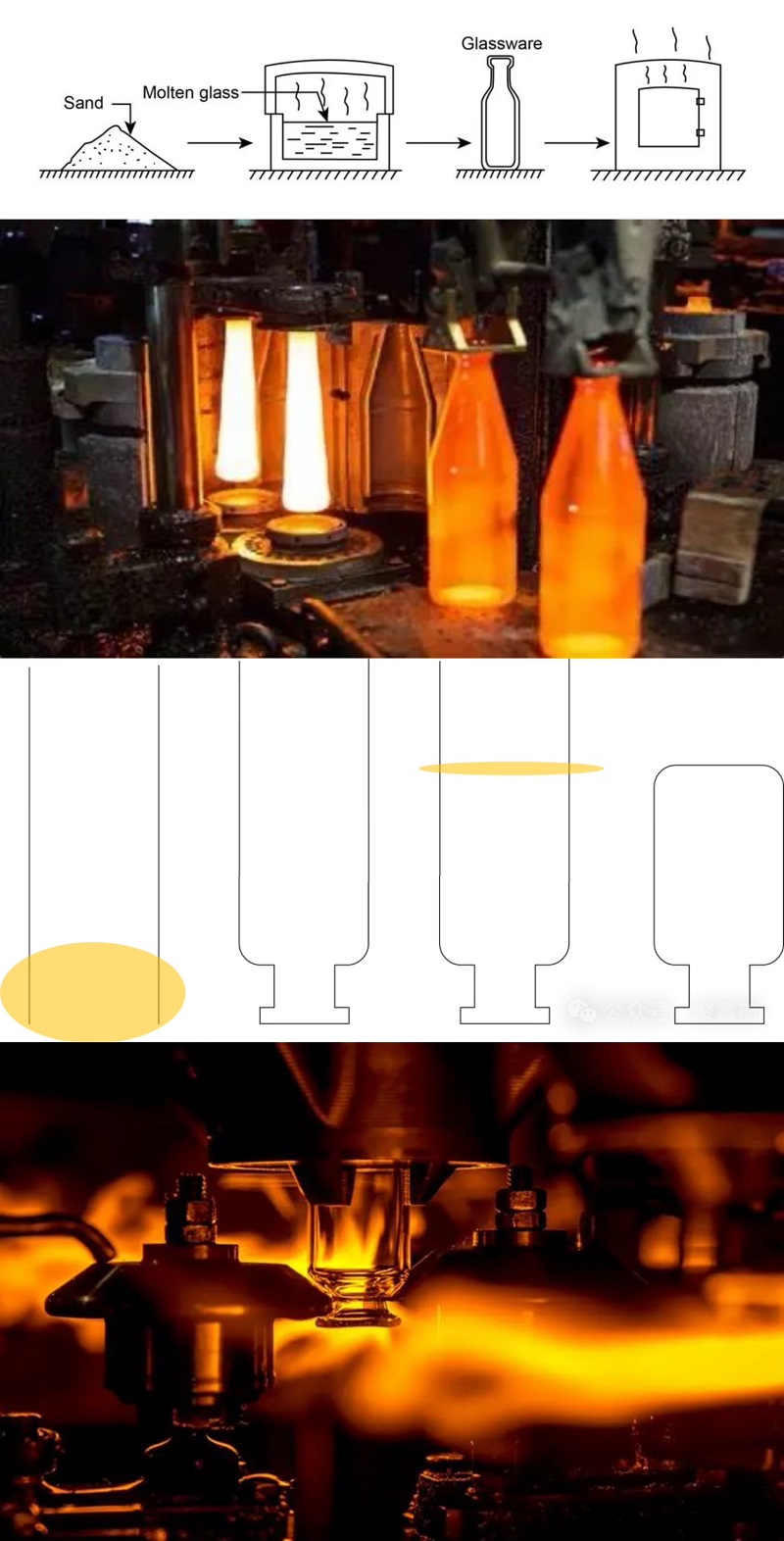Production of pharmaceutical glass packaging containers
As
an important member of pharmaceutical packaging materials, glass packaging has
withstood the test of time, meeting the vast majority of requirements from the
early stages of drug development (such as physical and chemical properties,
pharmaceutical compatibility, etc.), through production scale-up (process
adaptability, etc.), to clinical trials and market launch (safety, etc.).
Despite its long history, however, there is still a lack of understanding about
glass packaging materials among pharmaceutical professionals or packaging
professionals to some extent. Therefore, we will share knowledge with you based
on industry literature and reviews, hoping it will be helpful to everyone.
I. The production process of pharmaceutical glass
The
production process of pharmaceutical glass can be divided into two parts:
obtaining the glass melt based on the glass formula, and shaping the glass melt
into glass containers through different methods. The former is analogous to the
process of producing flour (from wheat and other additives), while the latter
is akin to the process of making steamed buns (transforming flour into steamed
buns through various methods). For pharmaceutical glass, the biggest difference
from other types of glass lies in its formula and the strict control over raw
materials and production processes (due to its pharmaceutical use, which
requires relatively stringent standards). Then, different processes are used to
convert pharmaceutical glass into containers. Below, starting from the basics,
I will introduce the entire production process.
II. The
raw materials for glass production
The raw materials for glass production are, colloquially speaking, sand (primarily composed of silicon dioxide) and other mineral raw materials (including elements such as boron, sodium, potassium, etc.). These are melted in a high-temperature furnace. Depending on the process, if it is for molded bottles, the molten glass is poured into molds for shaping; if it is for tubular bottles, the molten glass is first drawn into hollow glass tubes, which are then processed into tubular bottles on a later forming machine.

Figure 1: Preparation of Glass Melt
III.
The processes for molded bottles and tubular bottles
The processing processes for molded
bottles and tubular bottles are shown in Figure 2.
 Figure
2: Production Process of Molded and Tubular Bottles
Figure
2: Production Process of Molded and Tubular Bottles
Explanation:
-1-2 represents the diagram and process for the production of molded bottles.
-3-4 represents the diagram and process for the production of tubular bottles.
Ⅳ.
The differences between molded bottles and tubular bottles
Due to the differences in the aforementioned processes, there are some distinctions in certain functional aspects between the tubular bottles and molded bottles obtained, as shown in Figure 3.
Item | Tubular Bottles | Molded Bottles |
Wall Thickness & Uniformity | Very consistent wall thickness | Consistent (but more difficult to maintain due to process reasons) |
Chemical Resistance | Higher chemical resistance | Lower chemical resistance |
Manufacturing Process | Produced by drawing glass tubes and then processing | Produced by pouring molten glass into molds (making it difficult to control shape and precision, especially inner |
Process precision | The dimensions and shapes can be controlled very consistently due to the manufacturing process of first producing glass tubes and then processing | It is difficult to control the shape and precision (especially the inner surface |
Optical Transparency | Very uniform and transparent | Large differences in optical transmittance |
Thermal Stability | Higher thermal stability | Lower thermal stability |

Figure 3: Comparison of Tubular Bottles and Molded Bottles.
Explanation:
-
The two on the left are tubular bottles, and the one on the right is a molded
bottle.
- Tubular bottles have uniform
transparency, while molded bottles have uneven light transmission and
distortion.
Ⅴ. Conclusion
l Pharmaceutical glass bottles are divided into tubular
bottles and molded bottles.
l Compared to molded bottles, tubular bottles have
certain advantages in terms of transparency and thermal stability.
Post time: 2025-03-08

